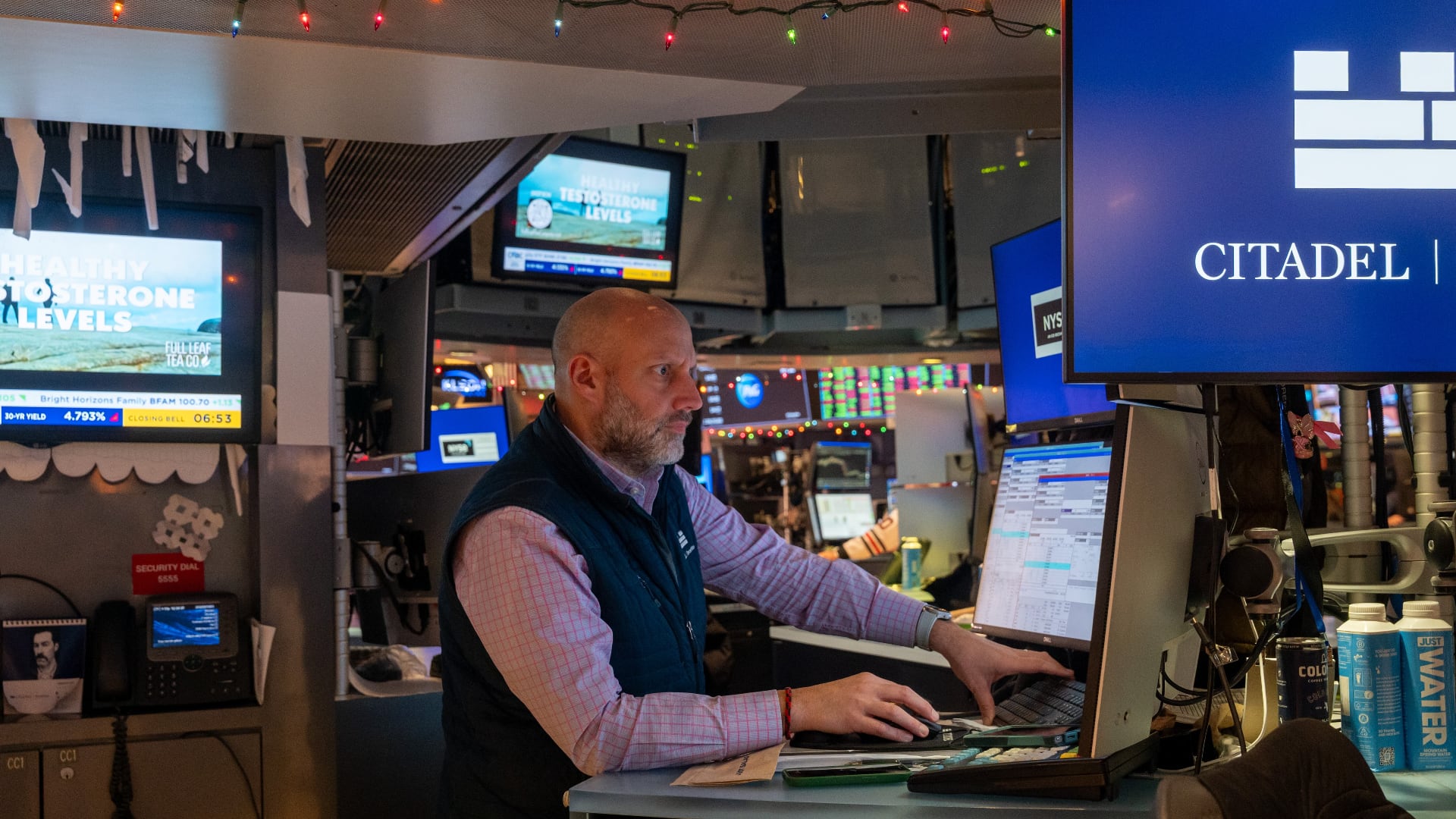*By Carlo Versano* As digital advertising is increasingly beholden to the Google/Facebook duopoly, Glamour is experimenting with what it sees as the future of the industry: a multi-faceted revenue model that uses a combination of traditional ads, metered or niche paywalls, events, audio and e-commerce, even as it kills off its one-time moneymaker, the monthly print edition. Samantha Barry, Glamour's editor-in-chief, told Cheddar in an interview Wednesday that she sees the 80-year-old iconic brand as a "service for women," and wants it to be a place where they can consume relevant content and shop for relevant products on a regular basis. The site was redesigned with that ambition in mind, and unveiled to users this week. "In the digital world, what's valuable is not the 'one and dones,'" she said, referring to readers who click on a single piece of content and then leave the site. "It's the habit." Glamour made the decision to discontinue its regular print edition late last year in order to focus on this model, which Barry said is already showing promise. She mentioned that video views have grown by triple-digits, thanks in part to a strong YouTube presence, and the newly redesigned Glamour.com now sees 85 percent of its traffic from mobile. Just last week, Glamour cut several staff members, including its executive beauty editor of five years. But according to Barry, the magazine has no plans as of now to continue the layoffs. "We're actually doing some hiring," Barry said. With Glamour parent Condé Nast recently announcing that it would put its entire stable of titles behind a paywall by the end of the year, Barry noted that not all paywalls are created equal. Some titles institute metered paywalls to great effect ー The New Yorker, another Condé title, for example ー while others have built adaptive paywalls that decide when a reader has read enough for free (see The Wall Street Journal), and still others have put up blanket paywalls (see the FT). For Glamour, it could be entirely different still, Barry said, mentioning a possible niche paywall for specific verticals. For a paywall to be successful, the underlying brand needs to be rock solid in the minds of readers. "They'll pay for content that they really think is worthy," Barry said. The addition of an e-commerce revenue stream makes sense for Glamour readers, according to Barry. They're already coming to the brand for advice on beauty and fashion products, which is why she prioritized that element in the site's redesign. "The shoppability of the site was a really important thing for us," she said. "In the last quarter, our shoppable galleries increased by 250 percent." For full interview [click here](https://cheddar.com/videos/glamour-gets-digital-makeover).








